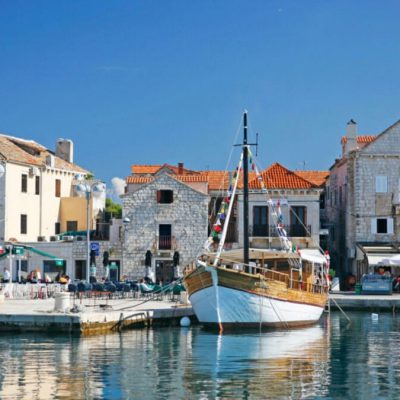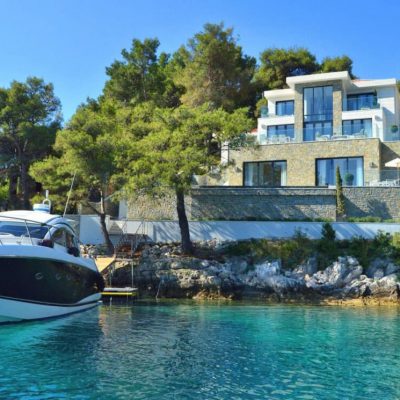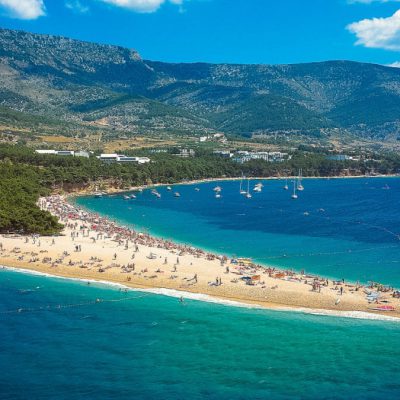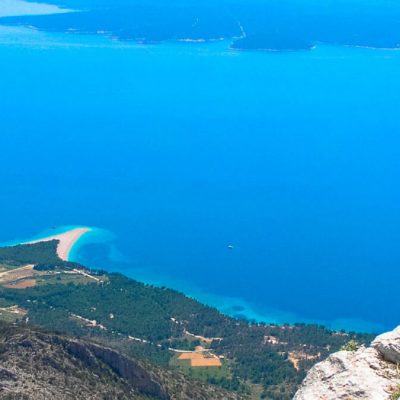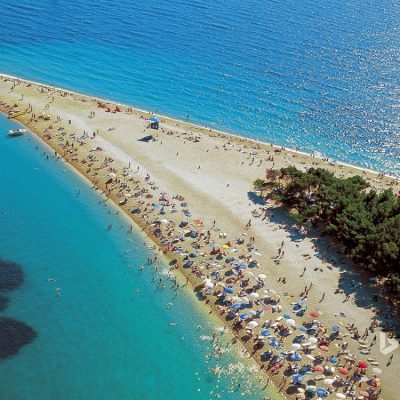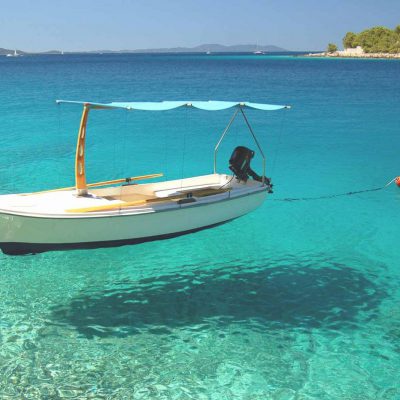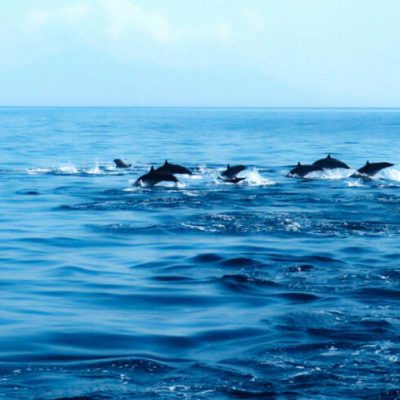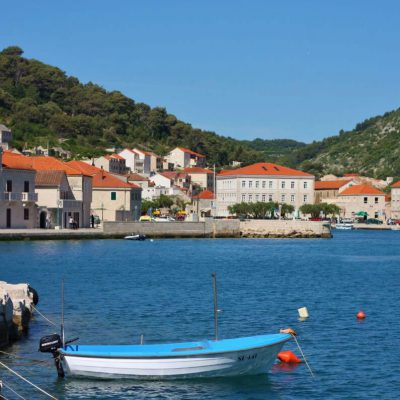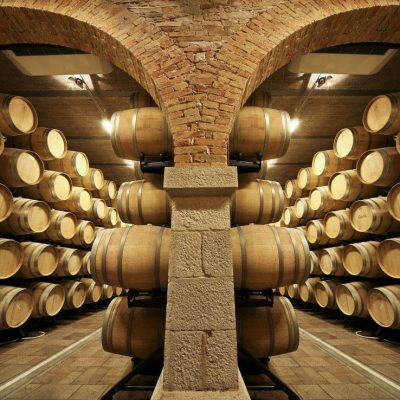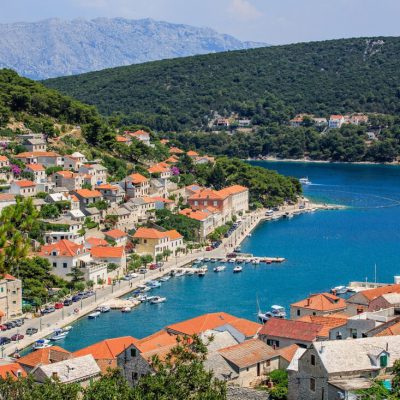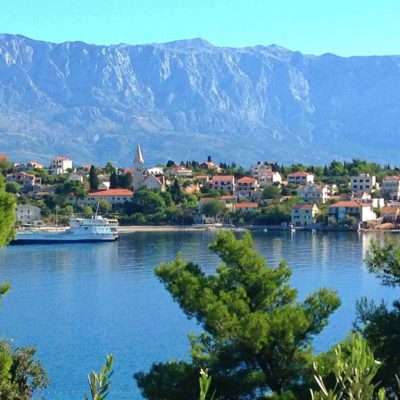The island of Hvar, the king of the Dalmatian islands, is known for its antique heritage, its strategic and nautical position, the richness of the layers of historical periods, cultural and natural monuments and literatures.
About
Croatia’s third largest island, Brač lies around 12km offshore from Split, separated from its nearest neighbour, Šolta, by a narrow straight, Splitska vrata, which is the main shipping channel in the area. Brač is one of the most popular spots on the Croatian Adriatic, in particular the small town of Bol on the island’s south coast, which just happens to be next to Croatia’s most famous beach, Zlatni rat – a long spit of fine golden shingle backed by pines. Its tip is ever changing into a slightly different shape with the action of the strong currents between Brač and its even more popular neighbour, Hvar, to the south.
Bol and Zlatni rat are backed by the crags of Vidova gora (780m), the highest point on Brač – and of any island on the Croatian Adriatic. The main town on the island, Supetar (birthplace of one of Croatia’s famous sculptors, Ivan Rendic), is on the north coast, and the small town of Milna (birthplace of Croatian tennis hero and former Wimbledon champion Goran Ivanišević) is on the west coast of the island – but outside these spotsthe still largely rural central part of the island sees relatively few visitors.
Traffic
Getting there and around
There’s a frequent ferry service between Split and Supetar, and a daily catamaran from Split to Bol, continuing to Jelsa on the island of Hvar; another daily catamaran stops at Milna on its route between Split and Hvar town (www.jadrolinija.hr)
There’s also a car ferry between Sumartin, in the east of the island, and Makarska on the mainland.
A regular bus service links the towns of Supetar and Bol, usually via Pučišća; another, less frequent service goes from Supetar to Nerežišća, and there are also buses from Supetar to Škrip, In Supeta, buses depart from just east of the ferry dock and tourist information office.
In Bol, the bus station is on the waterfront, walking away from the old town towards Zlatni rat. For timetables see www.autotrans.hr .
Visit
Well worth visiting while on Brač is Pustinja Blaca, a monastery hidden away on a remote and rocky hillside above the island’s southwest coast, founded by Glagolitic monks in the 16th century. Originally from Poljica (an area on the mainland, behind the mountains which rise just inland from Split), the monks arrived on the island after being displaced by the Ottomans, and initially settled in a cave near the village of Murvice, around 4km west from Zlatni rat. Known as Zmajeva Špilja (dragon’s cave), the cave is decorated with an intriguing series of stone carvings – a medley of religious figures, cultic symbols, gargoyles and other monstrosities – and can be visited. There are boat trips from Bol to a bay on the coast below Pustinja Blaca, from where there’s a path up to the monastery, or a visit could be included on one of the island’s well-developed cycle routes. The cave is kept locked.
Škrip – the oldest settlement on the island, near Supetar – is also worth visiting, and is home to the Museum of Brač.
Recreation
On the promenade between Bol and Zlatni rat there is a windsurfing school, as this is one of the best spots for windsurfing in Croatia.
Wines
Although the island of Brač is perhaps best known for its remarkable white stone, which is making wine-making here an art of taming both land and rock. However, in recent years, winemaking has undergone a resurgence, with new vineyards planted all over the island, even around the highest point of the Adriatic, Vidova gora!
There are many wine tasting tours on the island of Brač, as well as the olive oil tasting, which is some of the most delicious ones in Croatia.



